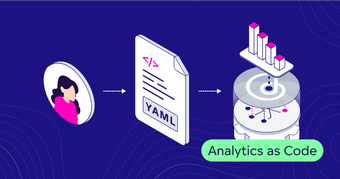Blog Hub
| Author:

Tomas Muchka
UX ArchitectTomas has been designing digital experiences for over 11 years — more recently with a focus on B2B analytics. At GoodData, he works on making complex data tools more usable, blending UX, AI, developer experience, and product discovery. Tomas enjoys writing about turning data into clarity and building products people actually understand.
Latest from Tomas
Blog
Can your BI tool import sketched dashboards?
If not, you should probably look for a new one Sketching a dashboard is still one of the most common ways to start basically any analytical project. With today’s technologies even a paper sketch can be transformed into an interactive dashboard. From our...
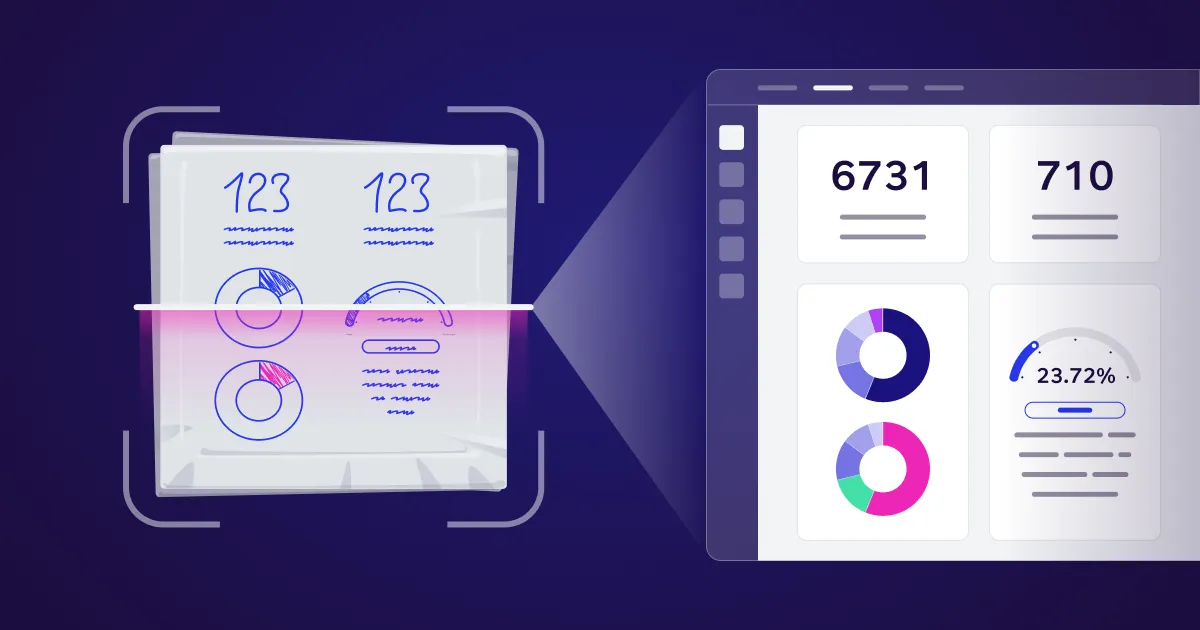
Blog
From Sketch to Interactive Data: What Is Napkin Analytics All About?
Imagine you’re in a high-stakes moment. Maybe you’re pitching your startup idea to investors, brainstorming a new product feature with your team, or solving a critical analytics problem during a hackathon. The concept in your head is crystal clear, but...
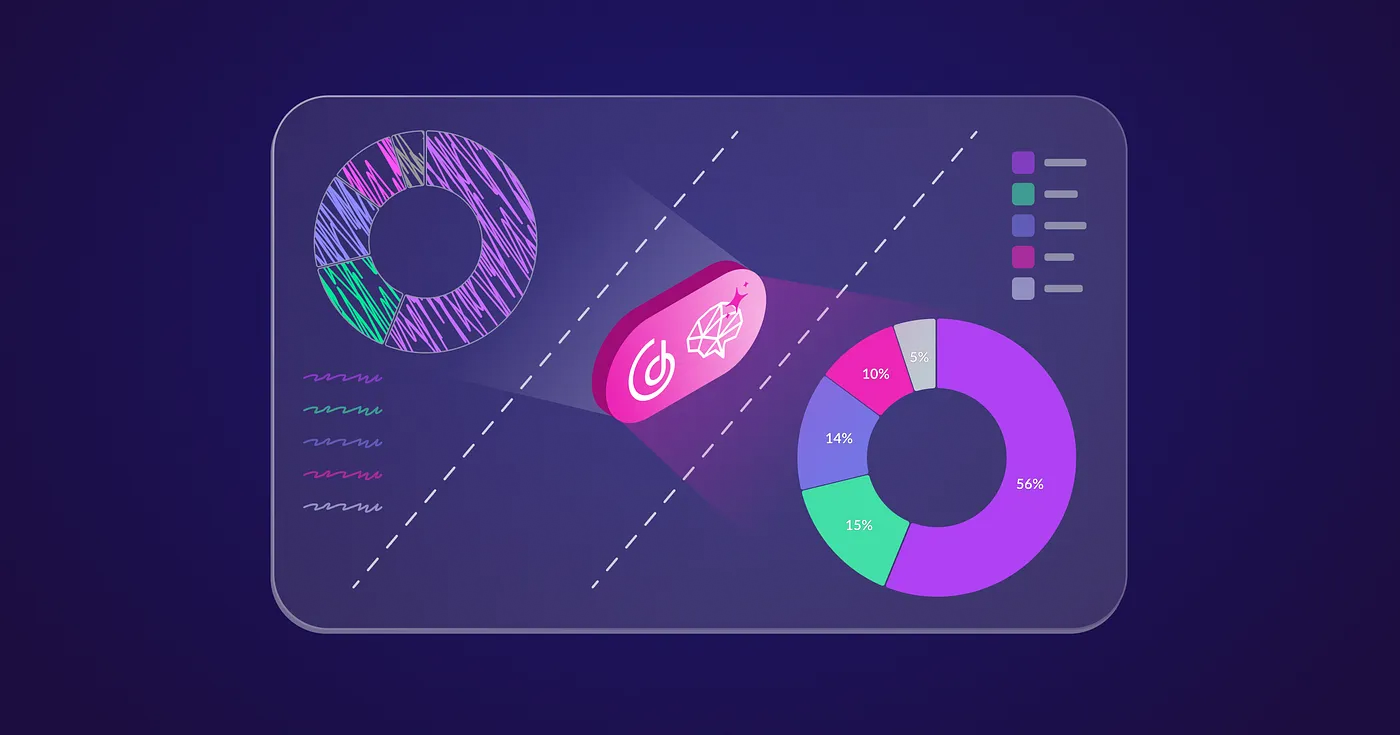
Blog
6 Principles of a Successful Analytics Chatbot
At GoodData, we’ve been exploring the potential of AI in analytics since the early days of AI — e.g., template-based Natural Language Queries (NLQ). More on that in the previous article. While a chatbot isn’t the only representation of AI, its potential...
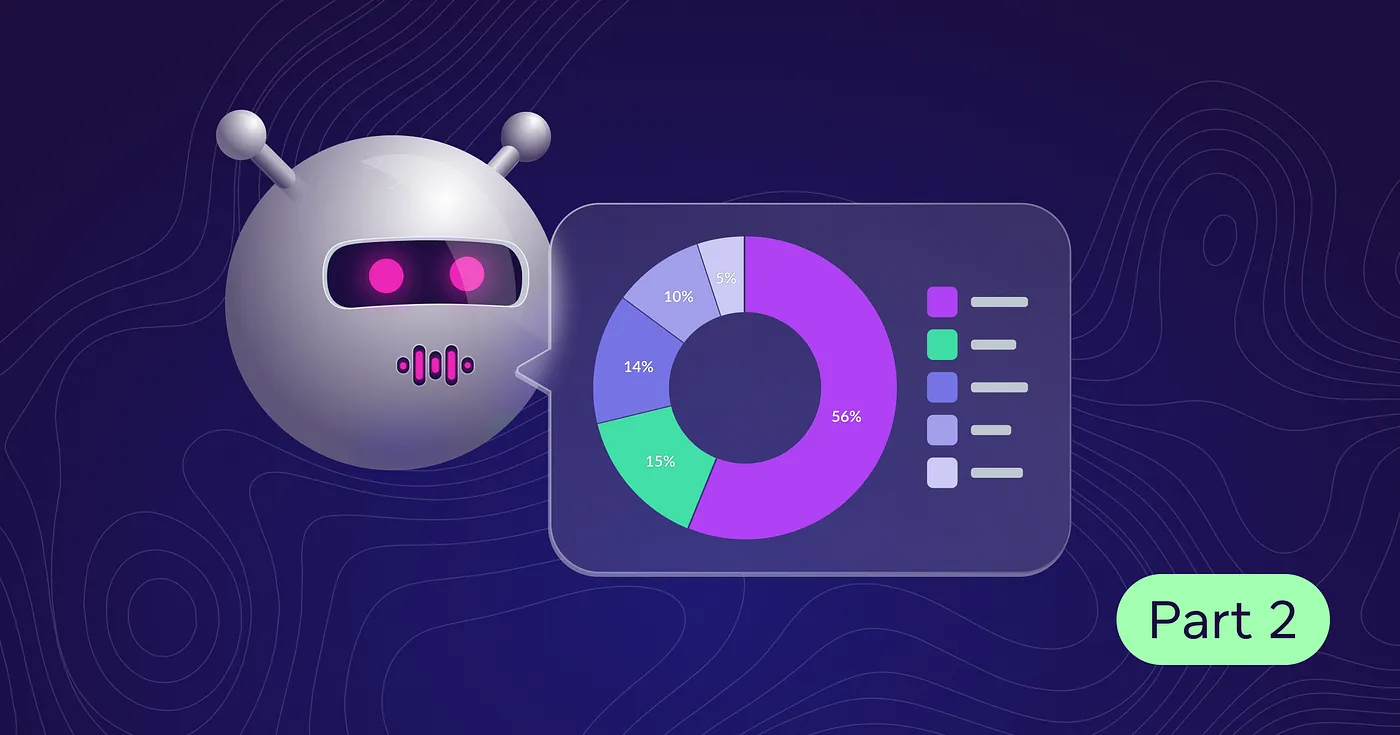
Blog
Mapping the History of Chatbots
At GoodData, we’ve been exploring the potential of AI in analytics since the early days of AI. While a chatbot isn’t the only representation of AI, its potential for analytics is immense, especially when tailored to the right users and use cases. This...
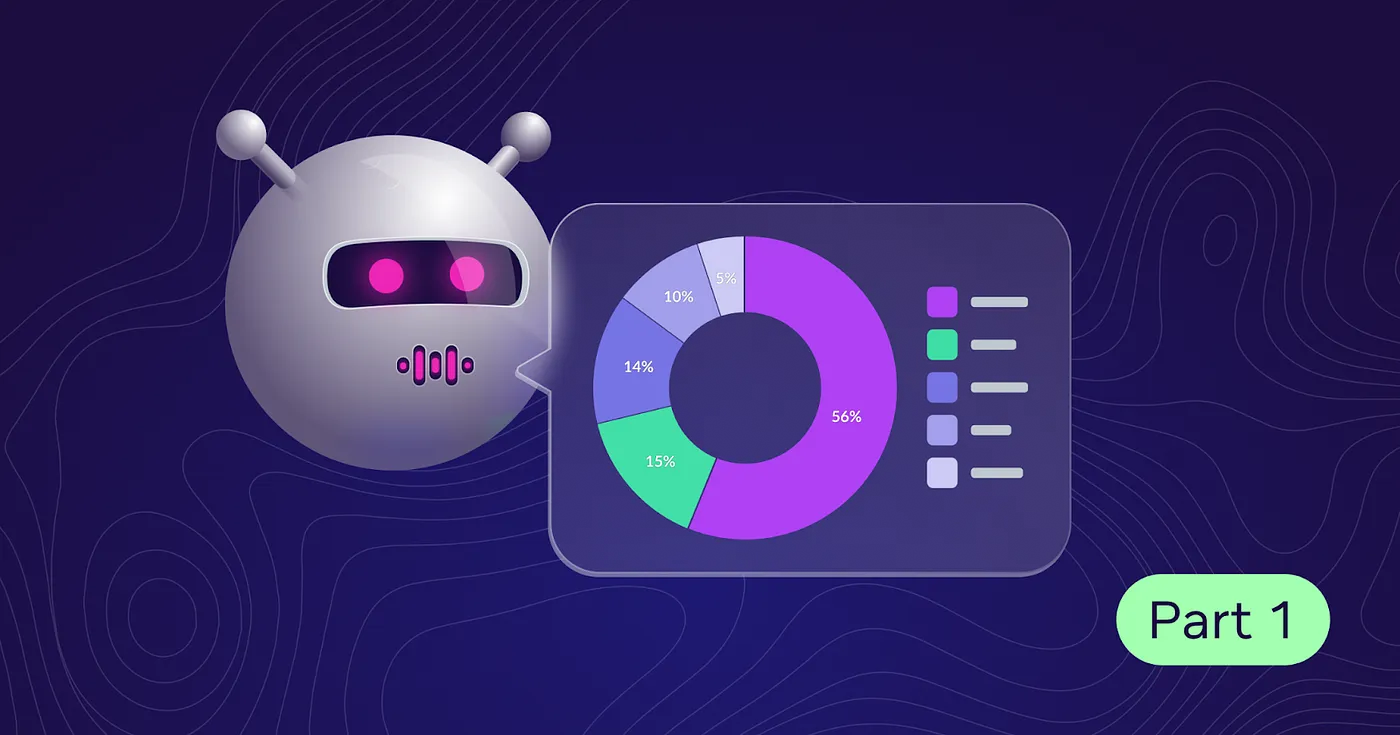
Blog
Celebrate 25 Years of LEGO® Star Wars™!
Did you know it’s already been 25 years since LEGO® started collaborating with Star Wars™? Yeah, time flies. In honor of the anniversary, let’s take a look at how Star Wars™ and LEGO® have worked together over the years, and how the value of LEGO® Star...

Blog
5 Reasons to Try Analytics as Code
In my article 5 Reasons Why to Write Your Semantic Layer in YAML I expressed my ideas about writing a semantic layer in YAML. This time, I want to expand on the idea of using YAML for analytics. I want to envision what an analytics interface focused on...
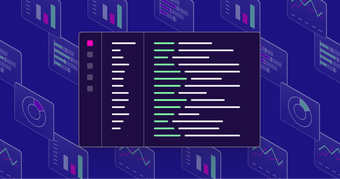
Blog
Tooling means more than syntax: How we built a YAML-based language
We at GoodData are pioneering the idea of treating analytics as code. This allows you to apply the same principles, which Software Engineers have practiced for a long time. We decided to use YAML as a cornerstone for our analytics code. Interested in why?...
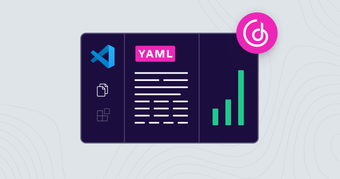
Blog
5 Reasons Why to Write Your Semantic Layer in YAML
Summary This article explains why YAML is a strong choice for defining a semantic layer. It is easy to read and supported by most editors yet powerful enough to handle domain-specific logic when paired with IDE integrations. The article shows how YAML...
